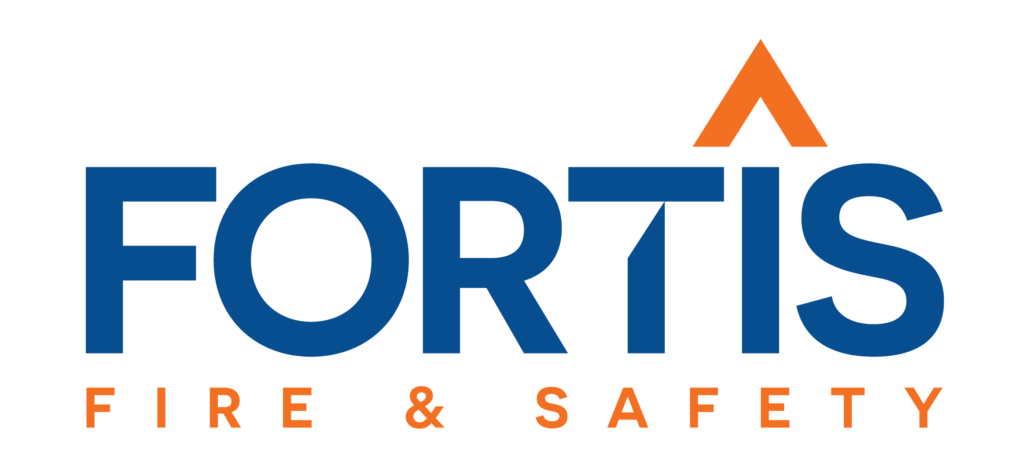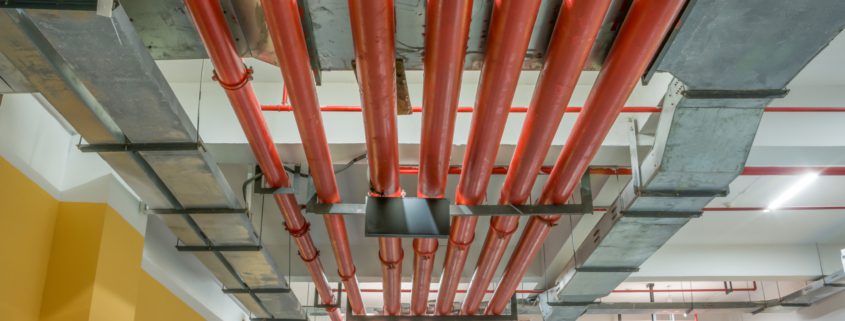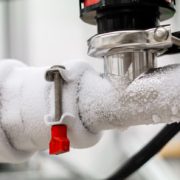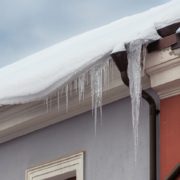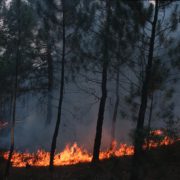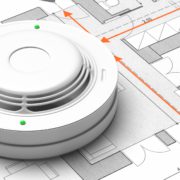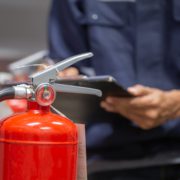Special Hazard Fire Protection System Service and Repair
When it comes to fire protection in your facility, there is a wealth of information to consider. Among the essential fire protection systems, one that stands out for many industrial facilities, data centers, and hospitals is special hazard fire protection systems.
In this article, we will delve into the concept of special hazard fire protection systems, the types of facilities that require them, and the various agents and solutions commonly employed in these systems.
Types of Special Hazard Fire Protection Systems
A special hazard fire protection system refers to a fire protection system designed to safeguard particularly sensitive or valuable assets or to be utilized in scenarios where traditional fire sprinklers are not suitable.
Compared to traditional fire sprinkler systems, special hazard fire protection systems exhibit specific distinctions.
Enhanced Fire Detection:
These systems boast superior fire detection capabilities, allowing for quick activation.
Safe Suppression Agents:
Special hazard fire protection systems make use of suppression agents that are safe for individuals and minimize damage to assets or products within a building.
Qualified Personnel:
The design, service, and repair of special hazard fire protection systems require the expertise of trained and qualified professionals.
Special Hazard Fire Protection Systems: Use Cases
While not every building or industry requires special hazard fire protection systems, there are several instances where they are essential.
Valuable or Sensitive Assets:
Buildings or facilities housing valuable or sensitive assets, such as data centers and art galleries, necessitate the installation of special hazard fire protection systems.
People Safety:
Certain establishments, like hospitals, require special hazard fire protection to ensure the safety of individuals, particularly when additional hazards like oxygen tanks are present. While fire sprinklers may be suitable for most residential buildings like apartment complexes, special hazard fire protection systems are crucial in certain cases.
Increased Fire Risk:
Facilities such as manufacturing and industrial sites carry a higher fire risk. In such situations, having a special hazard fire protection system in place, capable of prompt activation and fire suppression, can effectively mitigate significant damage.
Special hazard fire systems offer rapid activation, employ suppression agents that minimize damage to building materials and assets, and work diligently to prevent severe fires within your facility.
Special Hazard Systems Fire Suppression Agents
Special hazard fire protection systems are renowned for utilizing fire suppression agents that effectively minimize damage to your facility and its assets. Typically, these systems rely on clean agents for fire suppression, avoiding water damage or residues that can harm sensitive equipment and assets.
Some commonly used fire suppression agents in special hazard fire protection systems include:
FM-200:
A non-toxic gas that removes the heat element of a fire through heat adsorption, without leaving any residue.
3M Novec 1230:
Primarily used in data centers and electronic facilities, Novec 1230 is a colorless and non-toxic agent that suppresses fires without disrupting sensitive electronic components.
Ansul INERGEN:
Combining nitrogen, argon, and carbon dioxide, Ansul INERGEN reduces the oxygen content in a room. This interrupts the combustion process while ensuring sufficient oxygen for individuals to breathe. INERGEN is particularly suitable for applications involving people.
CO2:
Carbon dioxide, a chemically inert gas, is highly effective for safe fire suppression and is particularly suitable for electronic applications due to its non-conductive properties. CO2 is available in high and low-pressure tanks, catering to various special hazards. However, it is best utilized in unoccupied facilities.
Water Mist Systems:
Water mist systems are commonly used in special hazard fire protection, as they provide safe fire suppression qualities while mitigating water damage to assets and objects within a building.
A range of fire suppression agents is available to support critical asset protection. Selecting the appropriate agent depends on your assets, location, and the specific requirements of your special hazard fire protection system. Therefore, it is advisable to consult with a specialized fire protection expert before making a decision.
Features of Special Hazard Fire Protection Systems
In addition to fire suppression agents, many special hazard fire protection systems incorporate advanced detection and control features. For applications that demand high-level fire suppression, it is crucial to suppress fires at the earliest stages. The quicker a fire is suppressed, the less damage it can cause. As a result, many special hazard fire protection systems utilize fire prevention technologies that detect fires in their incipient stages. Here are a few examples of detection components commonly found in special hazard fire protection systems:
Visual Flame Detectors:
Explosion-proof visual flame detectors utilize live video images to sense the unique characteristics of flames. When a flame is detected, the special hazard fire protection system is automatically activated.
Fire Detection Tubing:
Fire detection tubing is typically installed in small enclosures with a high risk of fire or containing mission-critical assets, such as machine enclosures. Upon fire detection, the tubing instantly suppresses the fire using a clean suppression agent.
Air Sampling Smoke Detectors:
Air sampling smoke detectors actively draw in and monitor air quality to detect smoke. By continuously sampling the air, rather than relying on smoke passing by sensors, they can detect fires at their earliest stages, allowing for swift suppression before significant damage occurs.
Digital Linear Heat Detection:
Similar to fire detection tubing, linear heat detection systems can detect heat anywhere along their length. When temperatures above normal operating levels are detected, the system activates to protect your building, people, and assets.
The Fortis family of brands takes pride in offering industry-leading specialized fire detection systems, including the Micropack Visual Flame Detection system, Firetrace fire detection tubing, Protectowire linear heat detection, and the VESDA Air Sampling Smoke Detection system. Visit our specialized fire detection page for more information.
Whether you require fire protection for a data center, manufacturing facility, or heavy machinery, it is crucial to understand that special hazard solutions are available to ensure the safety of your people and products.
For any inquiries regarding special hazard fire protection systems, the Fortis family of brands is your trusted resource. We specialize in the design, installation, service, and repair of various special hazard fire protection systems, and our team of experts is ready to address any questions you may have.
To learn more about special hazard fire protection systems and how they operate, or to seek assistance with servicing your system, please don’t hesitate to contact us.

